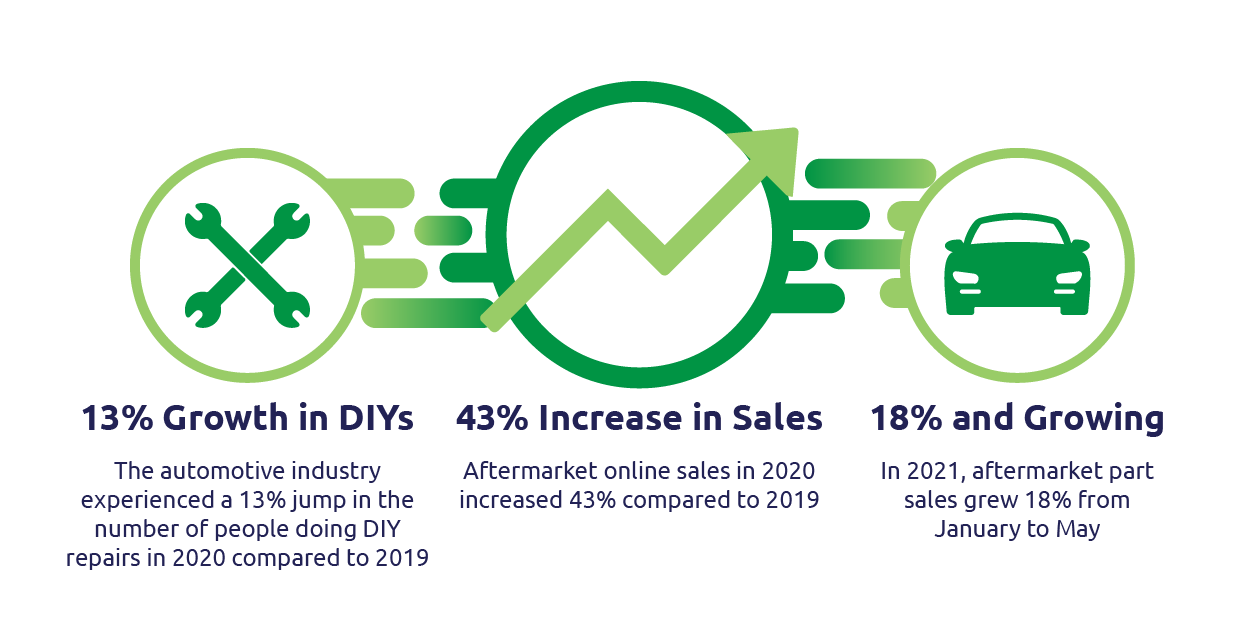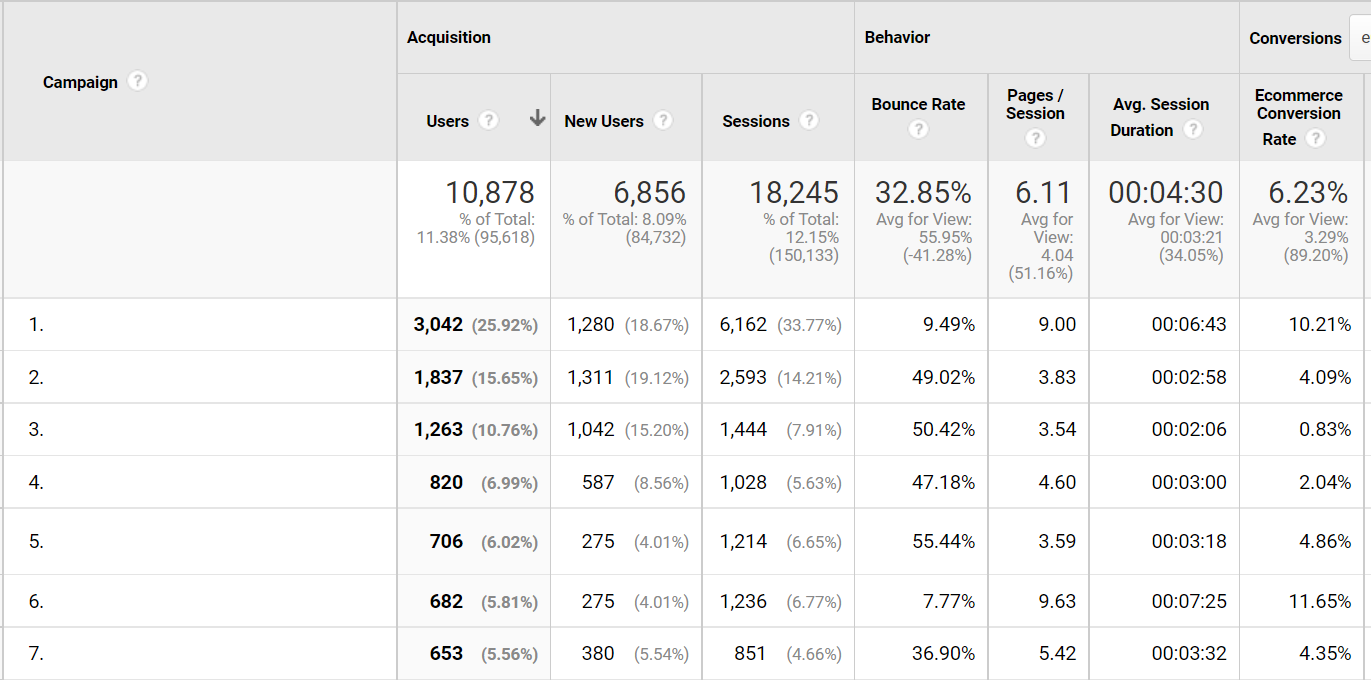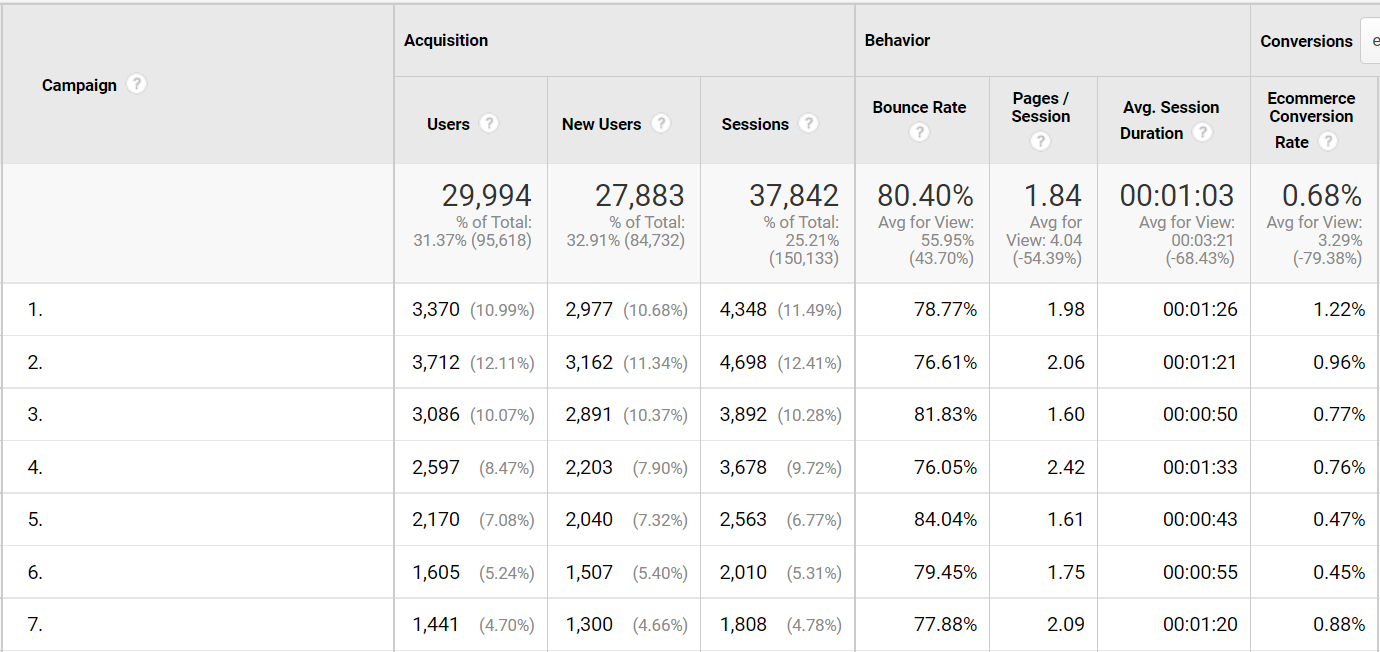Insights
The pandemic revealed several nuances about human nature. The first and most glaring: we would rather argue on social media than face-to-face. Second, having groceries delivered to your door is one of the most satisfying experiences ever. And third, we are extremely resourceful when we need to be. The last one, while not very interesting on the surface, will have a lasting impact on the digital marketing landscape after pandemic behavior subsides.
Right to Repair Grew Out of Necessity
As businesses went into lockdown, people were forced to look at issues with their houses, cars, appliances, and electronics in a different way and ask themselves, “How can I fix this myself?” Most of us, in some capacity, turned into overnight DIYers accordingly.
This shift in behavior was spurred not only by the pandemic, but also by the Right To Repair movement, which aims to make available the parts and tools necessary to fix any piece of technology consumers own without needing to go into a company-authorized service center.
Broken screen on your iPhone? No need to go to the Apple Store. With Right to Repair, you can fix it yourself!
DIYers Shift Search Behavior to Online Shopping
Here’s where it gets interesting for search marketers. With more people searching online for the parts they need to make repairs, the impact on the sheer volume of searches for product parts is staggering.
The automotive industry experienced a jump of 13% in the number of people doing DIY repairs at home in 2020 compared to 2019. Another indicator is the aftermarket part sales for 2021 have grown 18% from January to May. That increase may appear small, but that growth in 2021 is after a 43% increase in online sales for 2020, according to the NPD Group.
Even after lockdowns have been lifted, the massive demand for DIY parts continues.
Optimize Paid Search Campaigns for Part Numbers
The increase in people jumping on the DIY bandwagon led to a surge in online traffic. We saw this impact across our marketing efforts, but shopping ads were bearing the brunt of this new storm of searches. These are top-of-funnel prospects who are comparing parts from various ads to find the best price. These are the same people who need to figure out what the technical name of the part they just removed from their car is before their partner comes home to find the family sedan sitting in the garage unable to start.
As this trend continued, we found a solution to combat the increased strain on the shopping side. Search campaigns were building up serious momentum for specific part numbers. Here we have individuals that knew what they were looking for, wanted to get right to the source, and converted at a 6.23% rate as compared to 0.68% for the DIYer saturated shopping campaigns. The data in the following table was taken from Google Analytics, and shows Search vs. Shopping campaigns from a month out from when we finalized our updates on July 8th.
Search Campaign Data June 8, 2021 – July 7, 2021

Shopping Campaign Data June 8, 2021 – July 7, 2021

We diverted more resources to search campaigns, and throttled down the shopping campaigns between July 7 and July 8. We saw immediate results in our shopping campaigns with user volume dropping 67.7%, and spend falling 39.4%.
The primary indicator revealing that scaling back on shopping was the right way to combat traffic from DIYer’s was the conversion rate, which increased from 0.68% (from June 9 – July 7) to 1.56% (from July 8 – August 5).


We monitored the campaign’s performance daily so we can make further optimizations between Google Shopping and paid search. This helps our client adjust to current online behavior and capitalize on searches that have a high potential to convert.
The Right to Repair movement is a strong example of how consumer behavior changed and adapted during the pandemic, how those changes played out in online trends—and how a marketing partner ingrained in your industry can quickly adapt to maintain results.